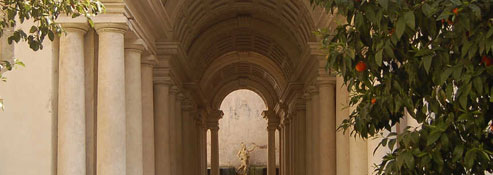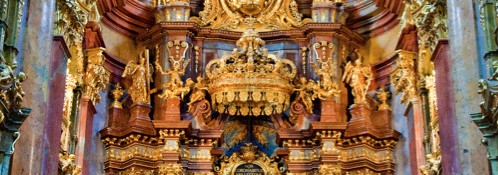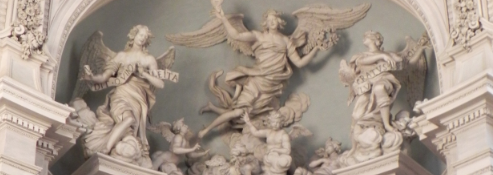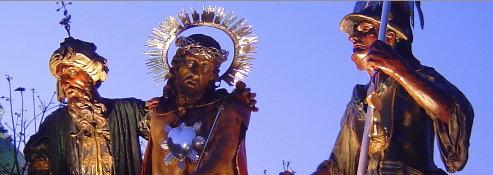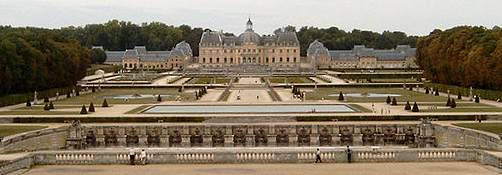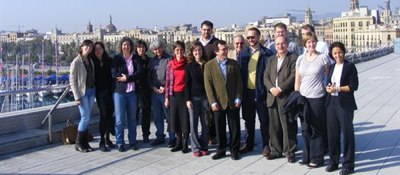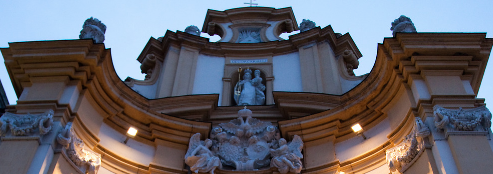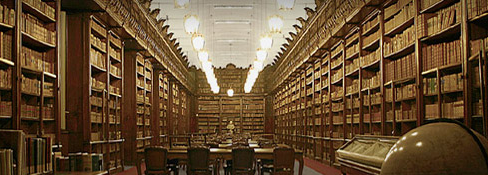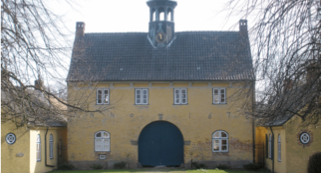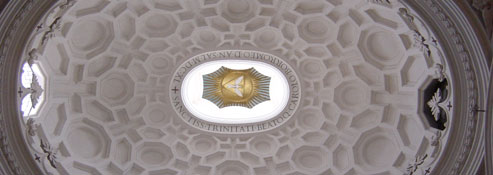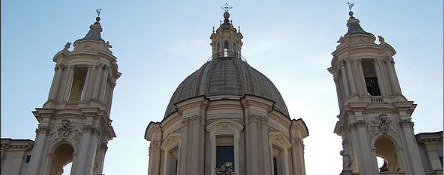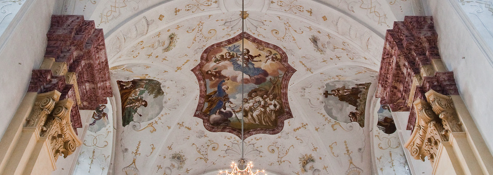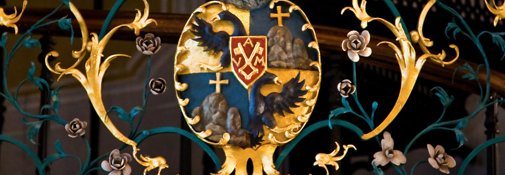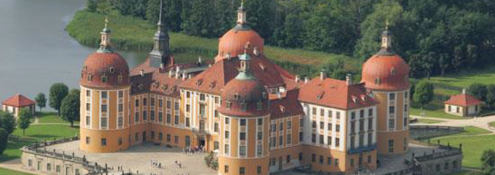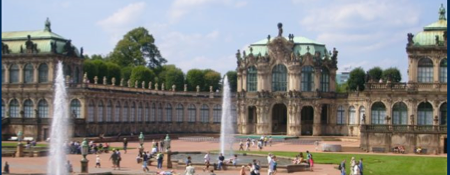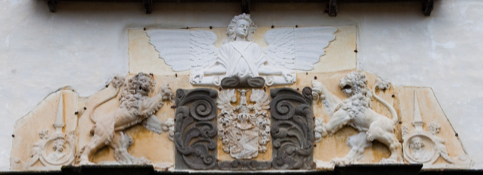Fig. 1 Detail of M.D. Pöppelmann's estate record
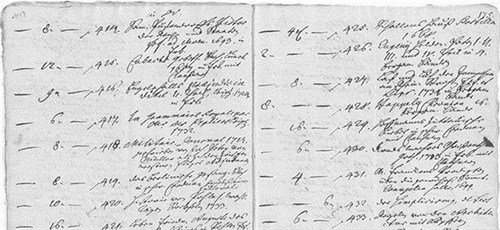
Project of the TU Dresden/Fakultät Sprach-, Literatur- und Kulturwissenschaften: Baroque Fantasies - Creating Exotic Spaces. The Case of Dresden
The ENBaCH research project being undertaken by the TU Dresden is concentrating on the court artists of August the Strong (1670-1733), who ruled as Elector Friedrich August I of Saxony from 1694 and as King August II of Poland and Grand-Duke of Lithuania from 1697. After assuming these titles, August endeavoured to develop varied and innovative strategies for enhancing his prestige as an absolute ruler. This found expression, in particular, in his passion for collecting art, especially Far Eastern objects and imitations thereof, as well as in the creation of exotic architectural spaces. To this day, August's predilections are still evident in the Dresden collections of oriental weapons, Far Eastern furnishings and Chinese porcelain, as well as in the palace buildings in and around Dresden which were erected or redesigned during August's reign and incorporate elements of chinoiserie.
Fig. 2 Frescoes and capital, Wasserpalais (Pillnitz Castle, Dresden)
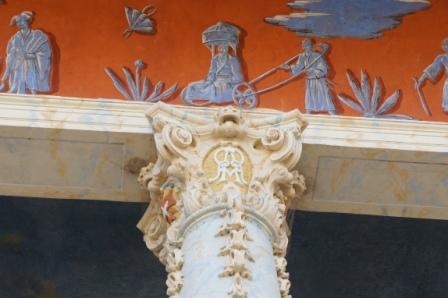
For the realisation of his Saxon adaptations of Far Eastern design principles, August was able to draw on the services of numerous artists, craftsmen and architects who were employed at the Dresden court. The Dresden ENBaCH project is currently taking the example of one of these personages, the court architect Matthäus Daniel Pöppelmann (1662-1736) - the 350th anniversary of whose birth is being marked in 2012 - in order to focus on that which August demanded of him: namely, the provision of materials and spaces for holding extravagant court festivities as ostentatious displays of the monarch's specific claims to power.
Fig. 3 G.F. Dinglinger: M.D. Pöppelmann, 1715
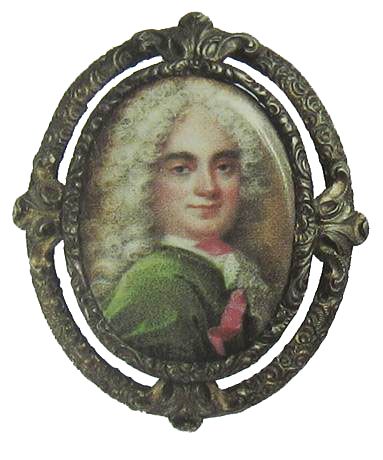
Like other court artists, such as his fellow architect Zacharias Longuelune (1669-1748), the sculptor August Bley (died 1725), Master of Ceremonies Johann von Besser (1654-1729), court goldsmith Georg Christoph Dinglinger (1668-1728) and the designer of optical instruments and universal scholar Ehrenfried Walther von Tschirnhaus (1651-1708), the court architect Pöppelmann owned a private library which permits conclusions to be drawn about these court employees' interests and personal spheres of knowledge, above and beyond their use of the electoral library. In addition to a large collection of specialist literature, i.e. relevant works by Italian Renaissance architects, standard works on perspective and French and Italian treatises on architecture from the Baroque period, Pöppelmann also collected Christian devotional literature, works on regional and European history, a few travel reports and a small number of literary works. Longuelune acquired similar items but with a clear emphasis on "belles lettres", Bley preferred edifying literature, Besser contemporary ceremonial works, and Tschirnhaus works by renowned scientists of the period as well as philosophical and fictional literature.
The aim of the project is to trace the synergetic collaboration between clients, artists and their sources in Dresden. August's often highly specific ideas concerning the projects he commissioned sometimes required time-consuming negotiations in the various work phases, which were driven forward by the reception of "images" and "texts": as a combination of actual spatial and discursive virtual components, which converge and then often dissolve.
Fig. 4 3D-model based on Pöppelmann's draft fort he New Royal Castle, Dresden
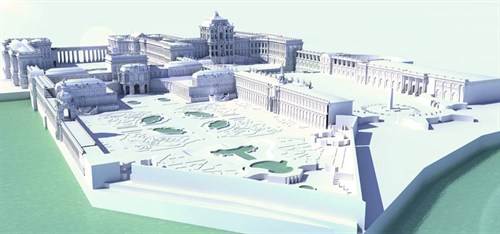
There is, of course, a need for further knowledge concerning the court artists with regard to the conflicts between August's predilection for Asiatic objects, which is to be seen in the context of the fashion for chinoiserie and the competition among European courts for ostentatious displays of wealth and power, and the Baroque and Early Classicist working practices of the Saxon, French and occasionally Italian trained court artists in Dresden. For this reason, we are focusing particularly on the cognitive analysis of the copious stocks of factual, illustrated, historical and fictional works held in August's collections and the electoral library, and also in the various private libraries of the court artists.
Hence, the aim of the ENBaCH research is to build bridges between image and text-supported descriptions and the architectural realisation of these Baroque ideas. The starting point is Pöppelmann's architecture as one aspect of the collective development of a Saxon exoticism that supposed itself to rank equally with the genuine Far Eastern styles, at least since the invention of European porcelain by Tschirnhaus and Johann Friedrich Böttger (1664-1731) in Dresden in 1708/09. The results of this research are to be presented in an exhibition to be held in the book museum of the Staats-, Landes- und Universitätsbibliothek (SLUB) in Dresden between May and July 2013. The cooperating partners for the project are the Sächsische Landesbibliothek - Staats- und Universitätsbibliothek (SLUB) and the agency Staatliche Schlösser, Burgen und Gärten, Sachsen (SBG). A series of lectures accompanying the exhibition is planned, and a volume of texts concerning the themes covered is to follow.
Fig. 5 M.D. Pöppelmann, Das Zwinger-Kupferstichwerk (Copperplates of the Dresden Zwinger), title engraving, 1729
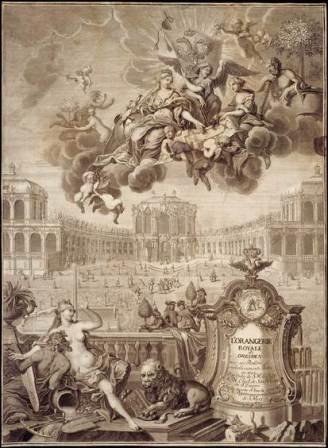
Fig. 6 M.D. Pöppelmann, Wasserpalais, Pillnitz Castle, 1721 ca.
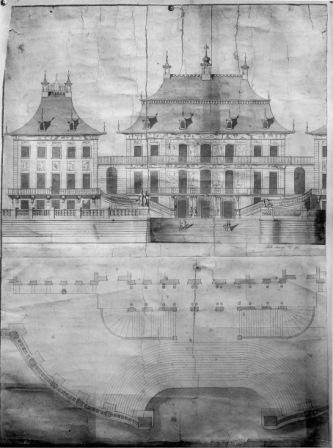
Exhibition Book Museum SLUB 05/16/2013 to 09/01/2013:
Pöppelmann 3D. Bücher - Pläne - Raumwelten [working title]
Fig. 7 M.D. Pöppelmann, Turnier im zwinger (Tournament at the Zwinger)
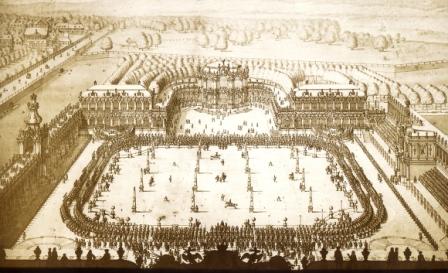
Picture Credits
1 Ausschnitt aus fol. 174v-175r der Nachlassakte M. D. Pöppelmanns, HSTA Dresden, Amt Dresden 10047, Nr. 3056
2 Kehlfreskierung und Kapitell am Wasserpalais in Pillnitz, Foto: privat
3 Georg Friedrich Dinglinger, Emaillebildnis eines Unbekannten (Matthäus Daniel Pöppelmann), 1715. Emaille auf Kupfer, Rahmen Silber, vergoldet, 3,5 x 3 cm. Dresden, SKD Grünes Gewölbe, Inv.-Nr. 2002/1
4 3D-Modell eines Pöppelmann-Entwurfs für die neue Schlossanlage mit Zwinger. Visualisierungsprojekt der Hochschule für Technik und Wirtschaft Dresden (FH) in Zusammenarbeit mit den Staatlichen Schlössern, Burgen und Gärten Sachsen unter Leitung von Dr. Dirk Welich
5 Matthäus Daniel Pöppelmann, Das Zwinger-Kupferstichwerk, 1729, Titelblatt (Quelle: LfD Sachsen)
6 Matthäus Daniel Pöppelmann, Wasserpalais - Stromseitige Ansicht des Mitteltraktes mit linkem Seitenrisalit und Grundriss der vorgelegten Treppenanlage, um 1721, aquarellierte Federzeichnung, SLUB [Tab.Saxon.Fol.103]
7 Matthäus Daniel Pöppelmann, Turnier im Zwinger anlässlich der Hochzeit des Kronprinzenpaares 1719. In: Ermisch, Hubert Georg: Der Zwinger zu Dresden, Jess Dresden, 1952, S. 26



